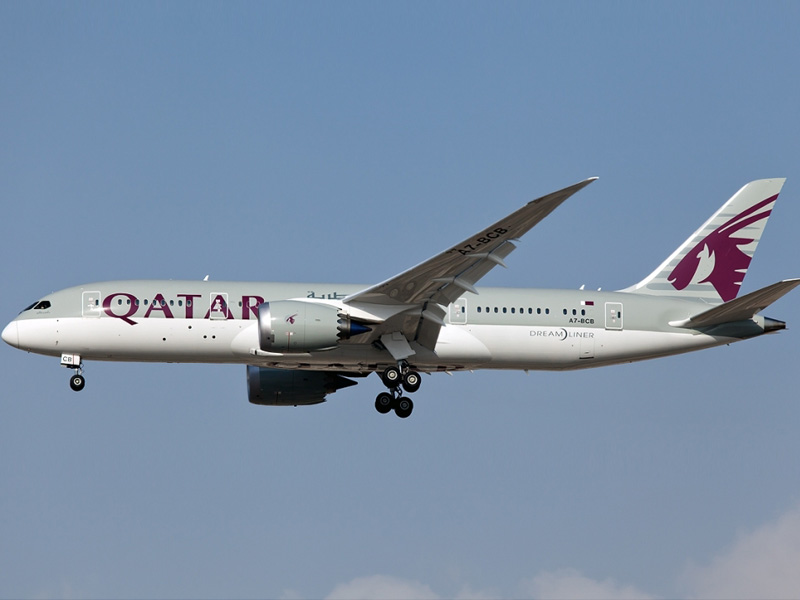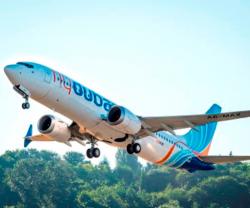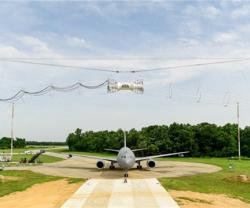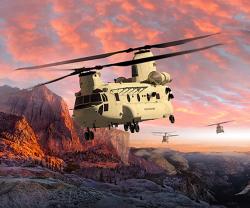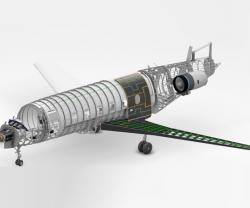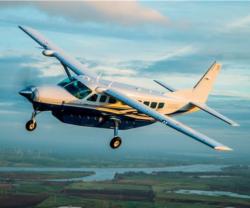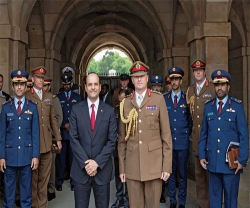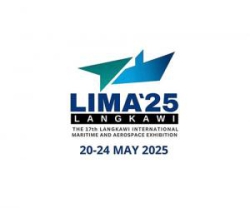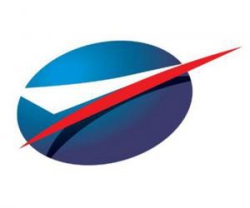Boeing projects a demand for 38,050 new airplanes over the next 20 years, an increase of 3.5% from last year's forecast. Boeing estimates the total value of those new airplanes at $5.6 trillion.
“The commercial airplane market continues to be strong and resilient. As we look forward, we expect the market to continue to grow and the demand for new aircraft to be robust,” said Randy Tinseth, Vice President of Marketing, Boeing Commercial Airplanes
By the end of the forecast period, the commercial airplane fleet will double, from 21,600 airplanes in 2014 to 43,560 airplanes in 2034. 58% of the 38,050 airplanes delivered over that time will be to accommodate growth.
Passenger traffic will continue to grow at about a 4.9% annual pace, near the historic trend line of 5%. More than 7 billion passengers will fly by the end of the forecast period. Cargo traffic will grow at about 4.7% per year.
The single-aisle market continues to be the fastest-growing, largest overall segment, requiring 26,730 airplanes over the coming two decades. These aircraft are the foundation of the world's airline fleet, carrying up to 75% of passengers on more than 70% of the world's commercial aviation routes. This sector is fueled by growth in low-cost carriers and airlines in developing and emerging markets.
“At the heart of the single-aisle market are the Boeing 737-800 and the future 737 MAX 8. These airplanes offer customers the most fuel efficiency, reliability and capability in this class,” said Tinseth.
About 35% of the single-aisle market will go to low-cost carriers, Tinseth noted. “Low-cost carriers will require airplanes that combine the best economics with the most revenue potential. With 20% lower fuel use, the 737 MAX 200 will be the ideal machine for them.”
Boeing forecasts that the widebody segment will require 8,830 new airplanes, led by small widebody airplanes in the 200- to 300-seat range such as the 787-8 and 787-9 Dreamliner. This year's forecast reflects a continued shift in demand from very large airplanes to efficient new twin-engine products such as the 787 and new 777X.
While airline growth still accounts for the majority of new demand, a large and growing number of aging aircraft will require replacement. About 2 to 3% of the installed fleet will require replacement each year.
The air cargo market continues to strengthen, and will drive demand of some 920 new airplanes over the 20-year forecast.
Boeing's Current Market Outlook is the longest running jet forecast and regarded as the most comprehensive analysis of the aviation industry.

